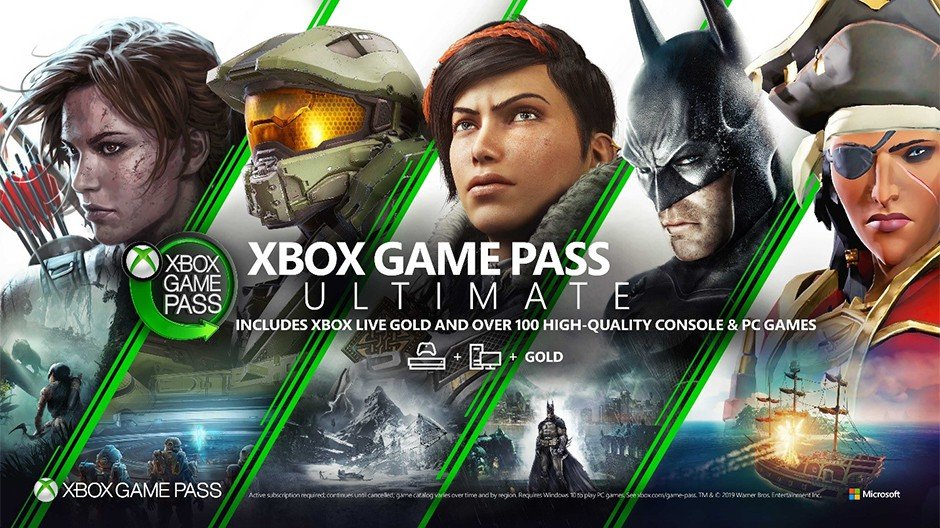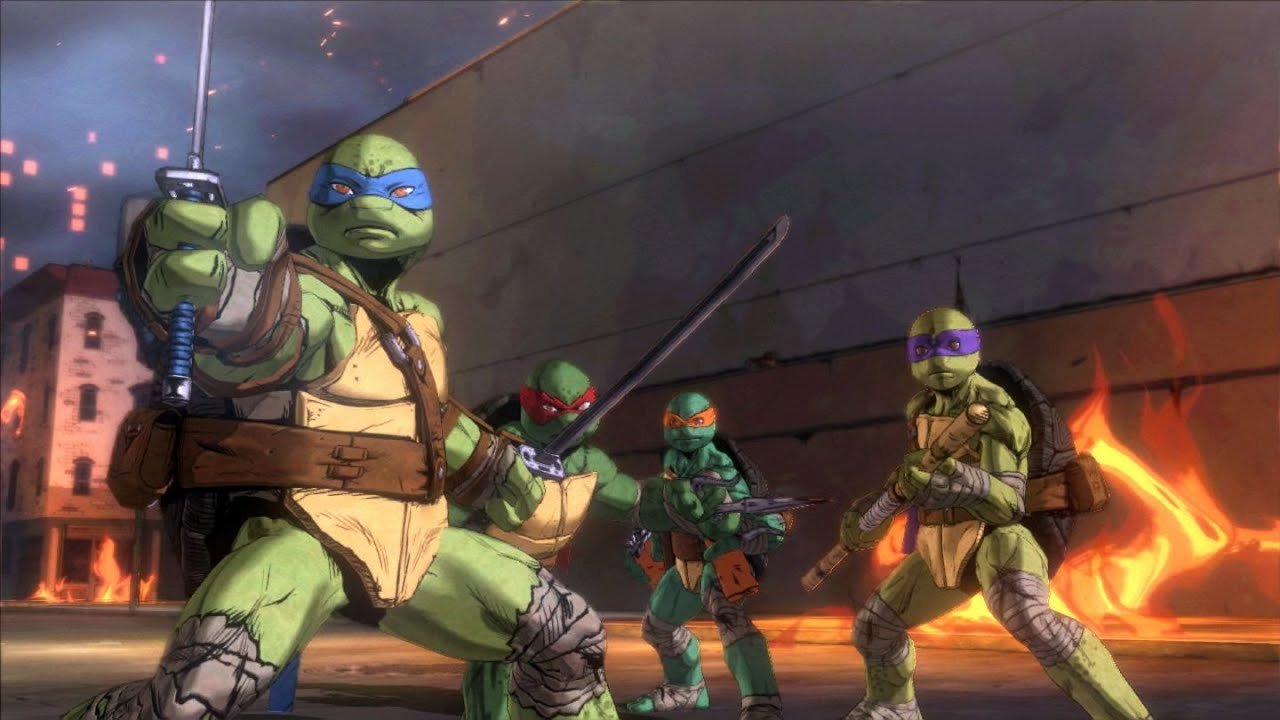Precarious Digital Ownership: Physical Games in a Digital World
Back in August 2015, well before we had confirmed details about the project which would become the Nintendo Switch, I wrote a blog post provocatively titled Nintendo Patents Diskless Console. In my article I made a prediction—based on the news that Nintendo’s future machine wouldn’t include a disk drive—that the gaming console would use digital distribution only; that it wouldn’t play physical media at all. My prediction, intentionally audacious as it was, proved to be false of course.
Nintendo’s console-handheld hybrid did include a slot for “game cards”, very similar to the formats used by the DS and 3DS before it. Physical games weren’t being phased out like I had prophesied. Dutifully I updated the post to acknowledge my error.
Except…Looking back on that 8-year-old post now, my audacious prediction doesn’t feel so untrue. Obviously I was dead wrong on the specifics of the Nintendo Switch hardware, sure, that much is clear. However, looking at the broader landscape of the overall video game industry today, my idea of a Digital-Only future feels rather prescient.
For example, let’s look at your own collection of Nintendo Switch games. Yes you, Dear Reader, let’s take stock of your game library. How many Switch games do you have? And how many of those games do you have physical copies for? Based purely on my own anecdotal experience, I would guess that you probably own about 5 or less Switch game cards. (And that would be my guess regardless of the total number of games in your collection.) How’d I do? Was I close?
Looking at my own collection, I own 33 physical Switch game cards—which at this point basically makes me a freak for physical media. However, my overall Switch collection appears to be closer to 140 games. So even in my case, the digital purchases far outweigh physical games at a rate of 4:1. (Not to mention, my PS4 game collection is almost entirely digital.)
It’s become increasingly clear over time that big name video game companies would prefer for us to always buy games digitally. See Nintendo’s Switch Game Vouchers for a recent example of incentivizing digital purchases. It costs less to deliver a game digitally than having to print and distribute physical copies, of course. And your average user is likely to prefer digital distribution as well. There’s the sheer convenience of course, but it’s also much easier to find a deal on the games you want online.
See our review of Metal Gear Solid: Master Collection Vol.1 for a funny story about physical vs digital ownership.
Video games are ultimately digital products, often always requiring patches and post-launch updates regardless of the delivery medium. So all things being equal, why would anyone choose physical over digital? Why let antiquated physical formats interfere with a purely digital future? Well, your digital purchases are much more tenuous and temporary.
Keep in mind that Nintendo, Sony, & Xbox would prefer to wrangle everyone into a subscription service and always collect a predictable amount of revenue on a set schedule. The subscription model is basically a corporation’s dream scenario. (Although in Nintendo’s case, the main appeal posed to their subscribers is being able to play the same Super Mario Bros. 3 you have purchased at least five copies of already, but now you can pay to access it on “modern” hardware. So convenient…just continue to pay their recurring subscription fee until the end of time.)
Game Pass is the one subscription to rule them all.
Sony and Xbox actually offer Digital-Only versions of their latest consoles, no disk drive included at all. Plus we can’t forget Steam, which continues to rake in money hand over fist as the leading platform for PC game distribution. Digital is just much cheaper for video game publishers.
But another reason big game companies favor digital, the one they rarely say out loud, is control. When the only way to access a game—or movie, eBook, song, whatever—is through a platform one company controls, that company gets to set the terms. And if they want to change the terms, they can do that too. When Vader has all the power, he can alter the deal.
Not that Control. (but good one)
An appealing control aspect to digital distribution is that a digital game purchase cannot be resold. So video game makers don’t have to worry about a secondary market of used digital games cutting into their revenue. You also can’t lend out a digital game to a friend to try like you could with a physical copy. You can’t trade games either.
And what if, for whatever reason, a game company sees fit to remove access to a game on their platform? Well sure, they can do that too.
TMNT: Mutants in Manhattan was delisted less than eight months after its release. Is that a record?
Since the rise of digital distribution, we’ve seen loads of games delisted, made unavailable for purchase on digital platforms. That’s a bummer for anyone looking to buy a delisted game, but at least the users who already bought it retain their access to the game (for now). We have also seen plenty of games go extinct as well, straight-up vanishing from existence. This often happens when a game relies on online services to play and its servers are shut down. The truth for live-service and free-to-play games is that they are all destined for inevitable extinction.
In July 2023, the Video Game History Foundation and Software Preservation Network released the results of their study on the commercial availability of classic video games. And wouldn’t you know, it wasn’t good! They found that 87% of video games released in the United States before 2010 are not available for purchase anymore. US copyright law also prevents video games from being made digitally available through libraries for some reason, a restriction which isn’t applied to books, music, films, or—and this is bizarre—other (non-game) software. If you want to play a classic video game legitimately, you need to have a physical copy and the hardware required to play it. (Gosh, I sure wish there was an easy way to access classic video games digitally…)
The situation might look a bit bleak for video games, but it’s not like we haven’t seen similar dynamics play out in other media already. Just look at film and TV. You may have heard the recent story of Sony removing Discovery content for all PlayStation customers, even those who had paid for it. Prior to that incident, Sony already did a similar thing with Studio Canal as well.
Ninja Scroll isn’t available to stream legitimately on any platform today. Hope you still have your old DVD handy!
If you’ve tried to find a particular film to stream online recently, even just to rent digitally—and if that film was a bit older or just a tad obscure—you may have been disappointed to find it unavailable anywhere. Even if you’re currently paying for all the streaming services (and good lord, there are a lot of them these days!), there’s still an ocean of movies that you simply can’t access. Not now, and probably not ever.
Netflix and their ilk are constantly competing for streaming rights to all sorts of films and TV shows. They buy content for a set amount of time, lose it, trade it with their competitors for other stuff, and so on and so forth. This means even the video offerings your streaming service has today are not guaranteed to be there tomorrow, let alone a year from now. Despite the promise of streaming providing access to all content, all the time, forever, the reality is far more limited and disappointing.
Simply put, no subscription service can be relied upon to provide access to your favorite media, no matter the price tag. If you want to preserve something to enjoy later, you really have to keep a copy for yourself. That goes for film, music, books, anything. Turns out, it’s just as true for video games as any other media.
In fact, the cartoon villains currently running ruining Warner Bros. Discovery apparently have plans to delist the entire Adult Swim Games catalog this May. Why? Unclear, but it’s almost certainly a cost-cutting measure. Regardless of the reasoning, this is yet another example of a corporate behemoth erasing past media. My friends, the hits just keep on coming.
So yeah… I am still buying physical copies of video games; at least for those titles most important to me personally. And the above rant is my attempt to explain why.






